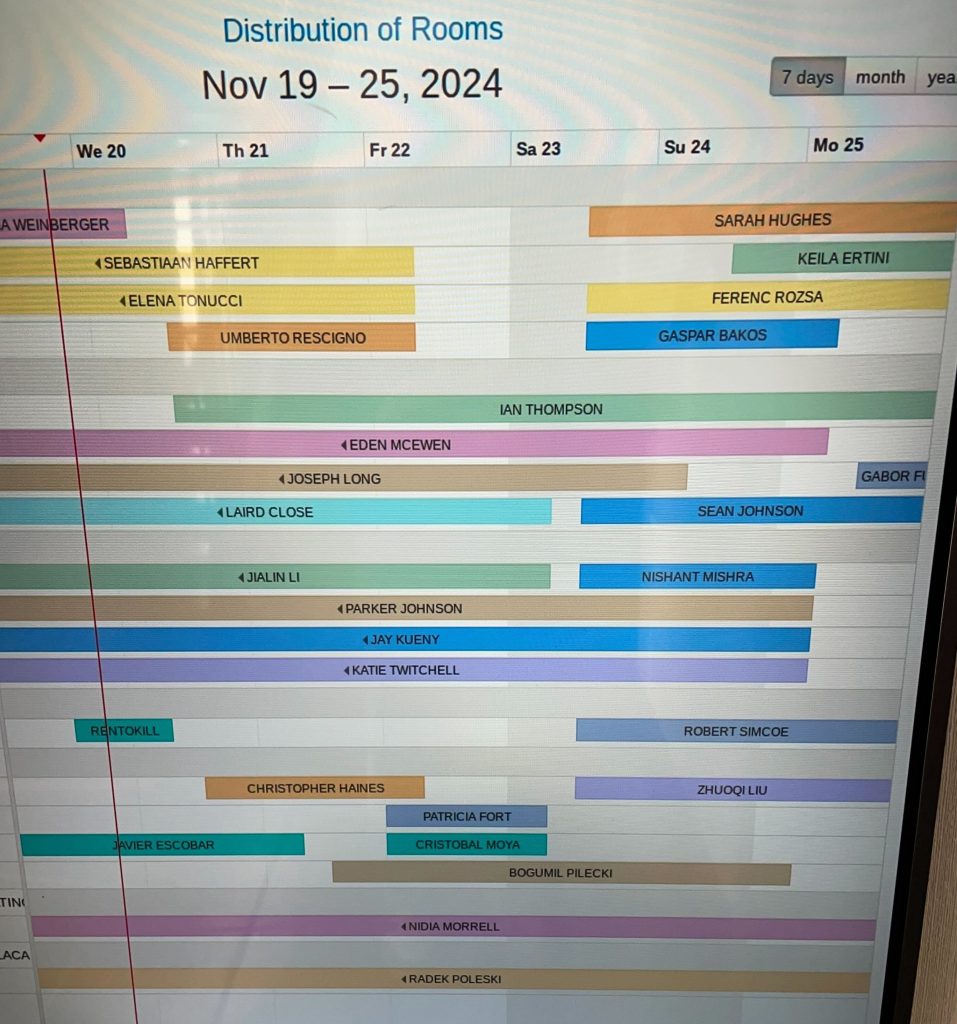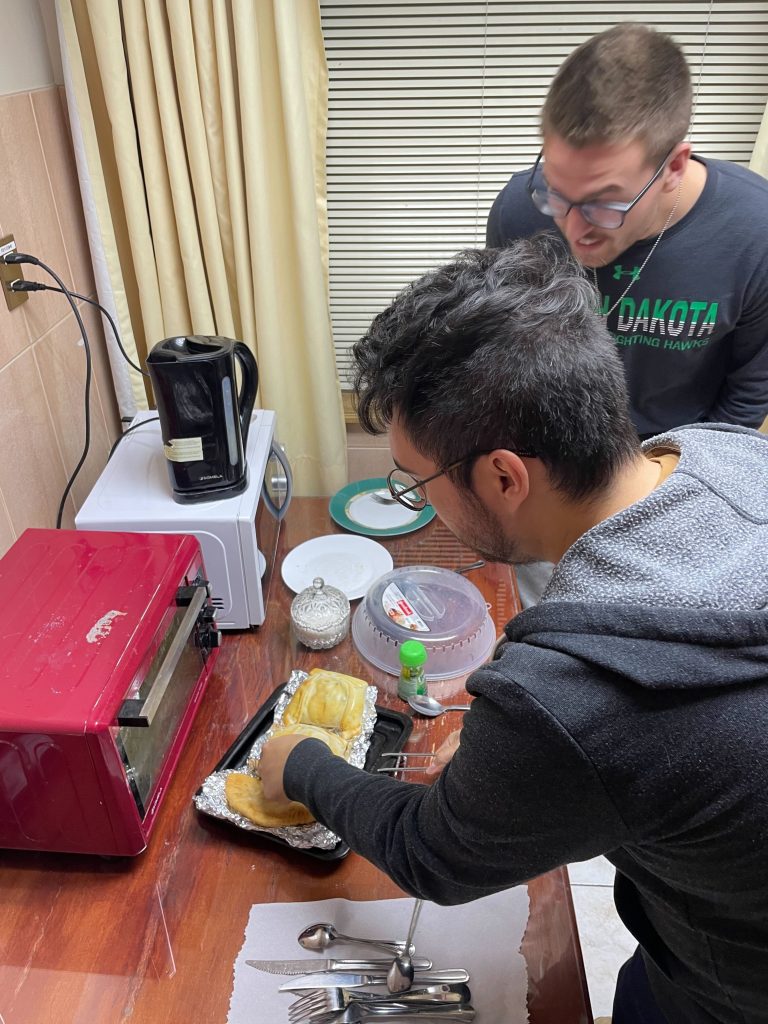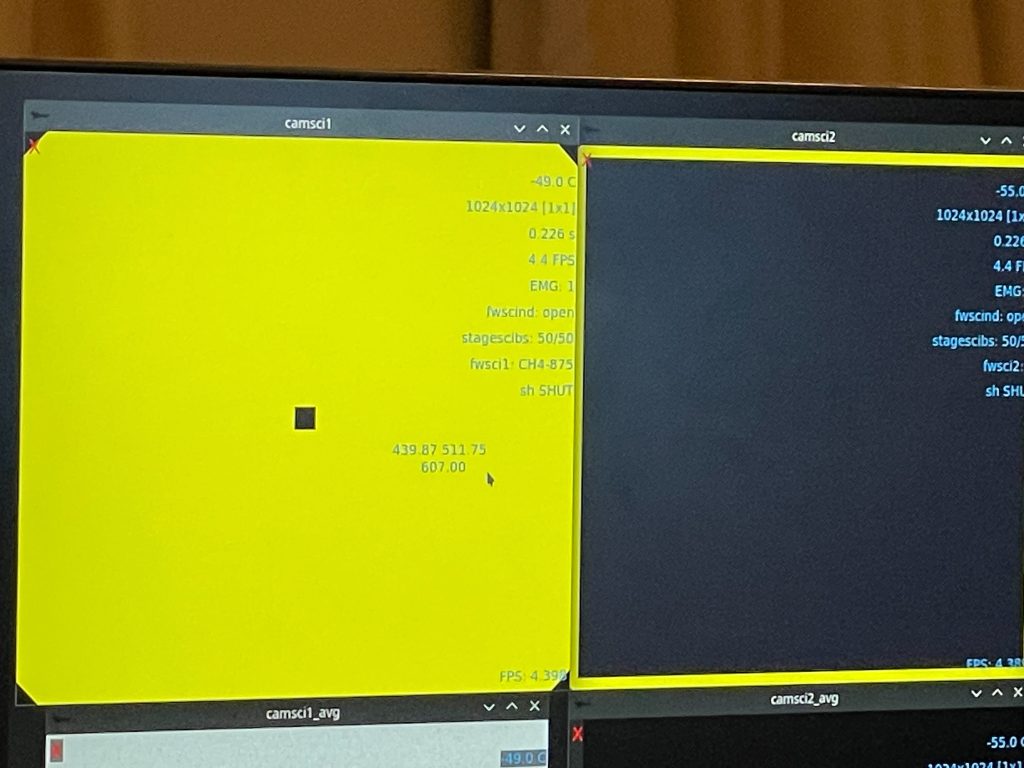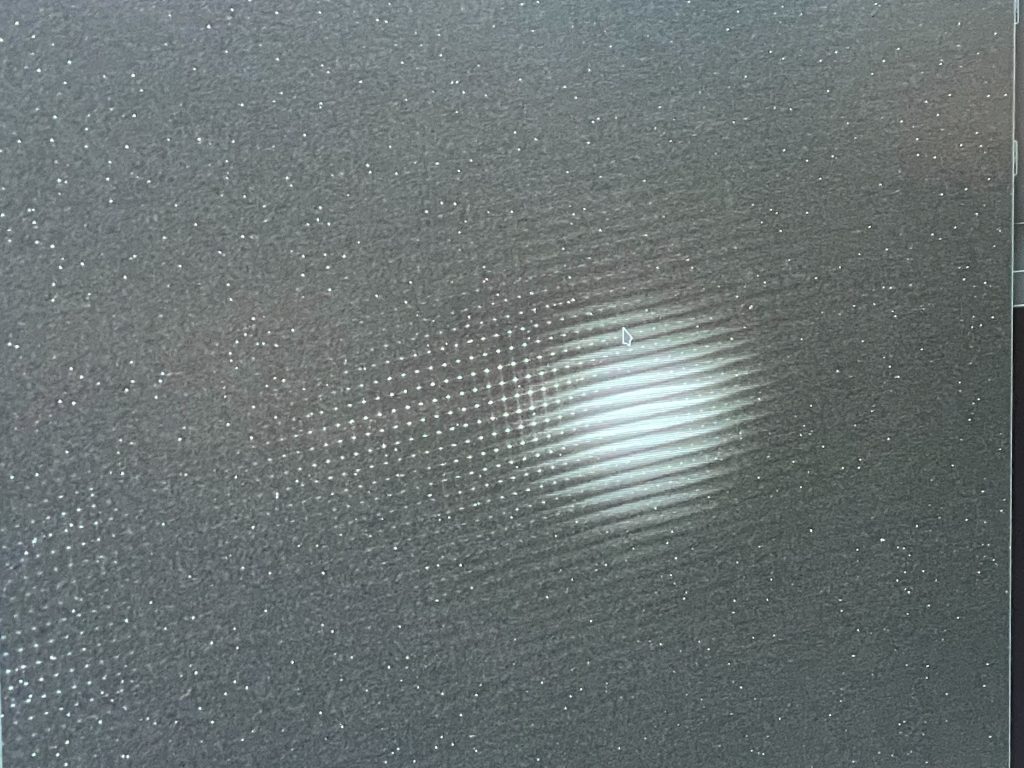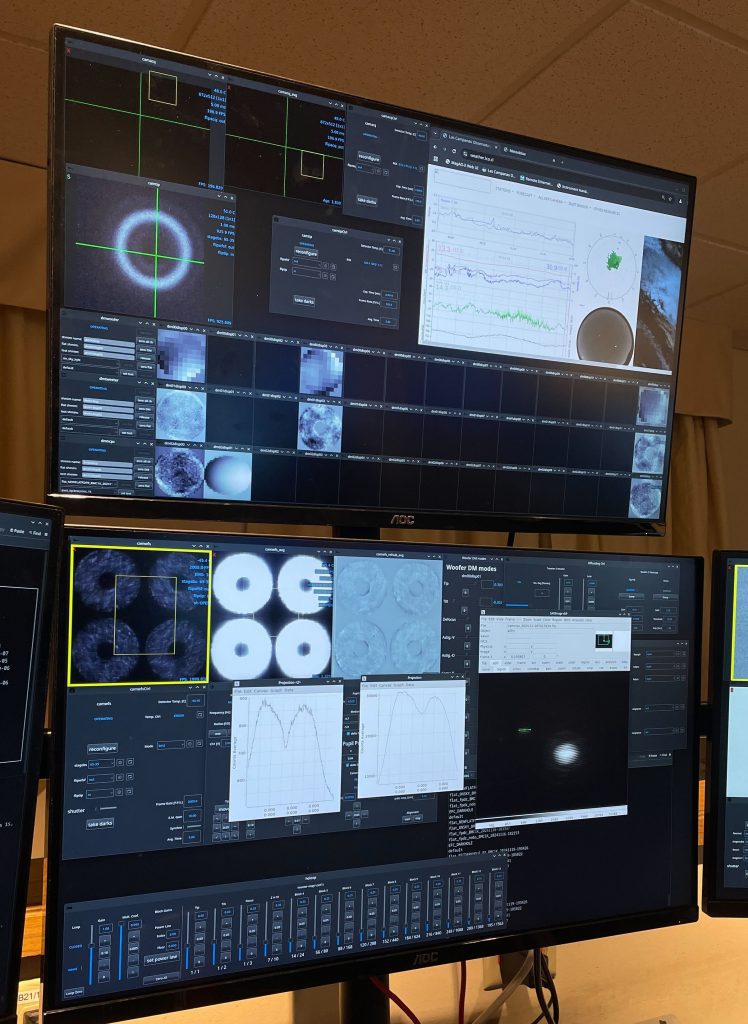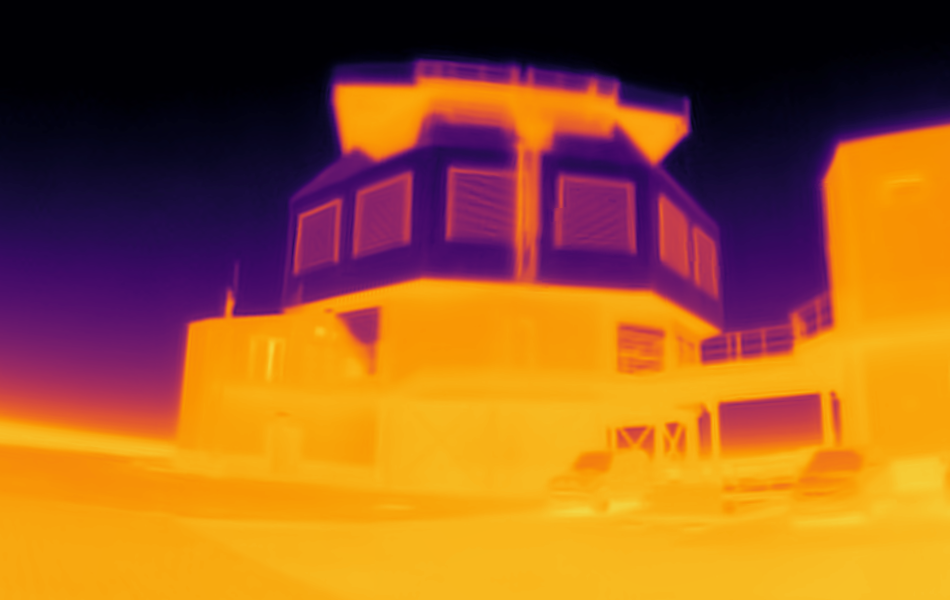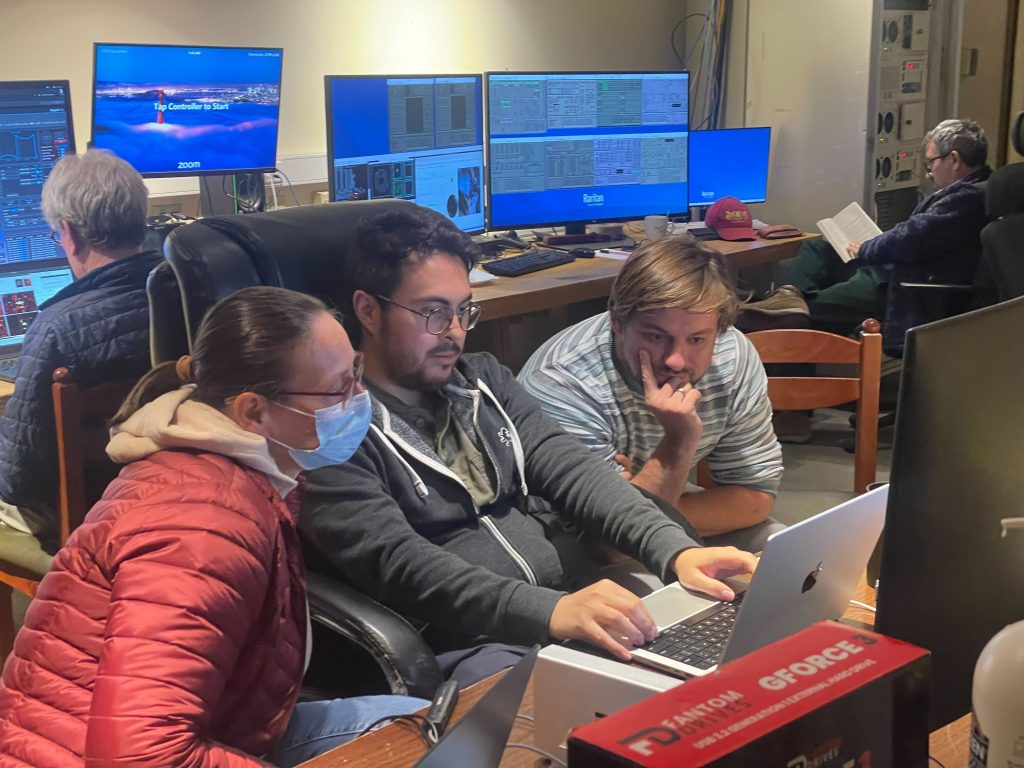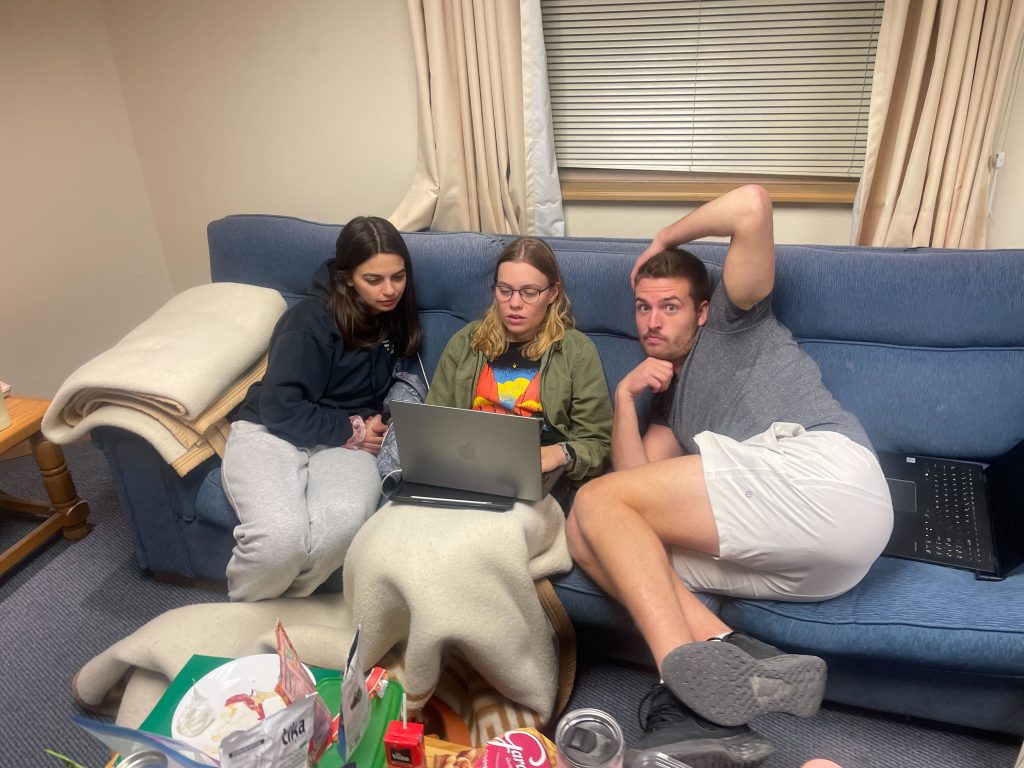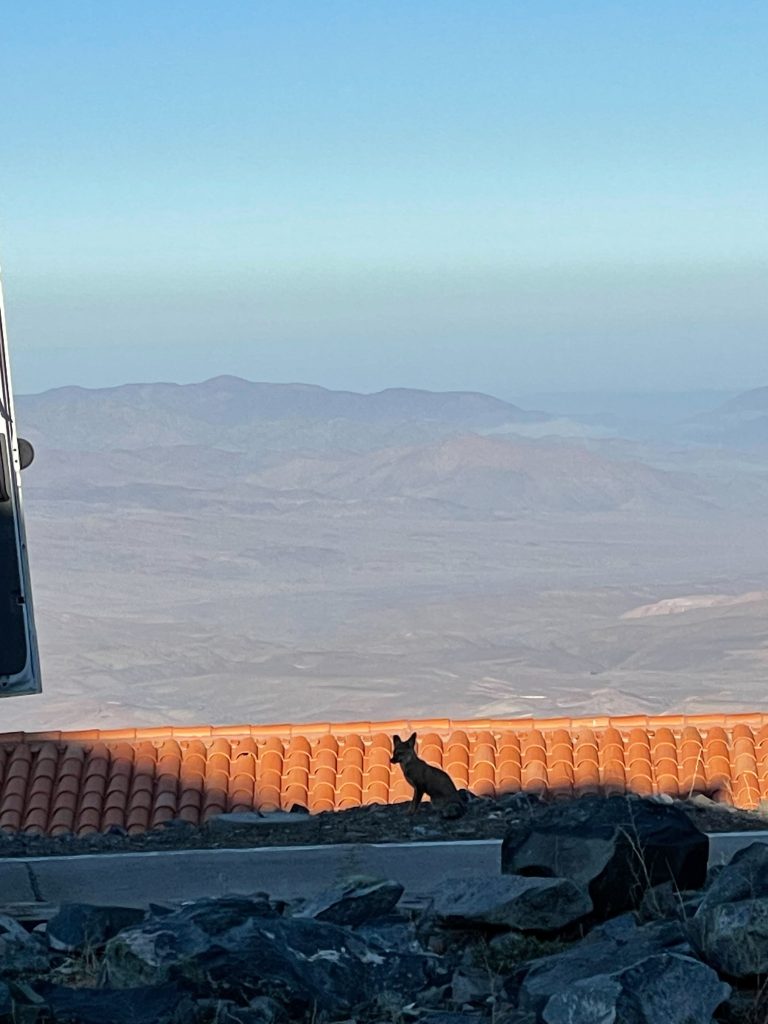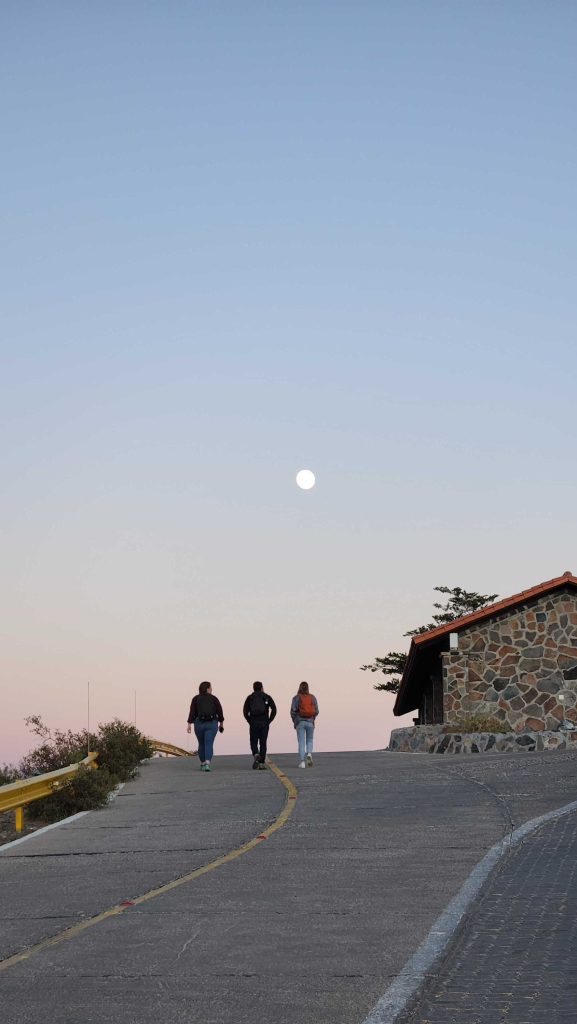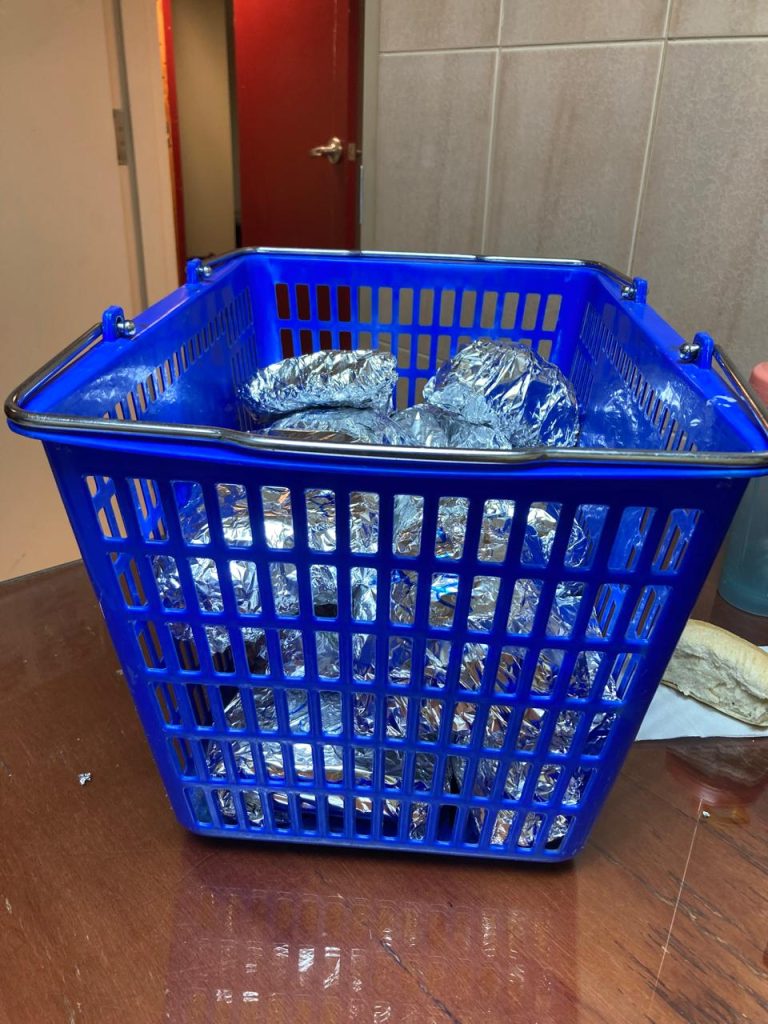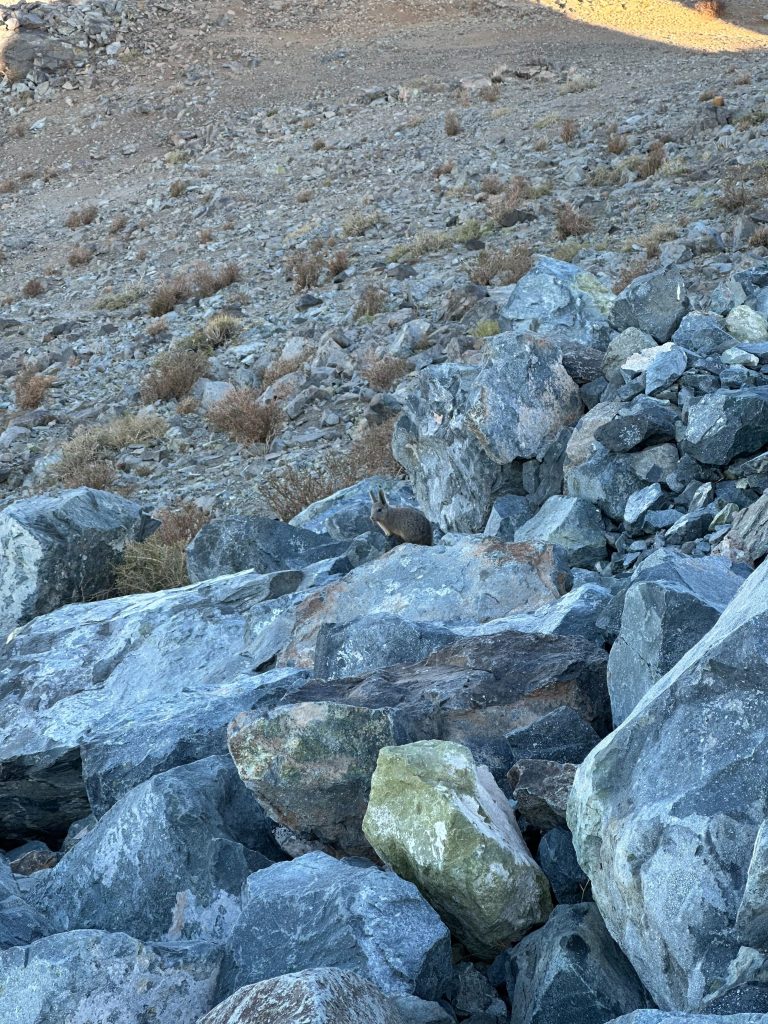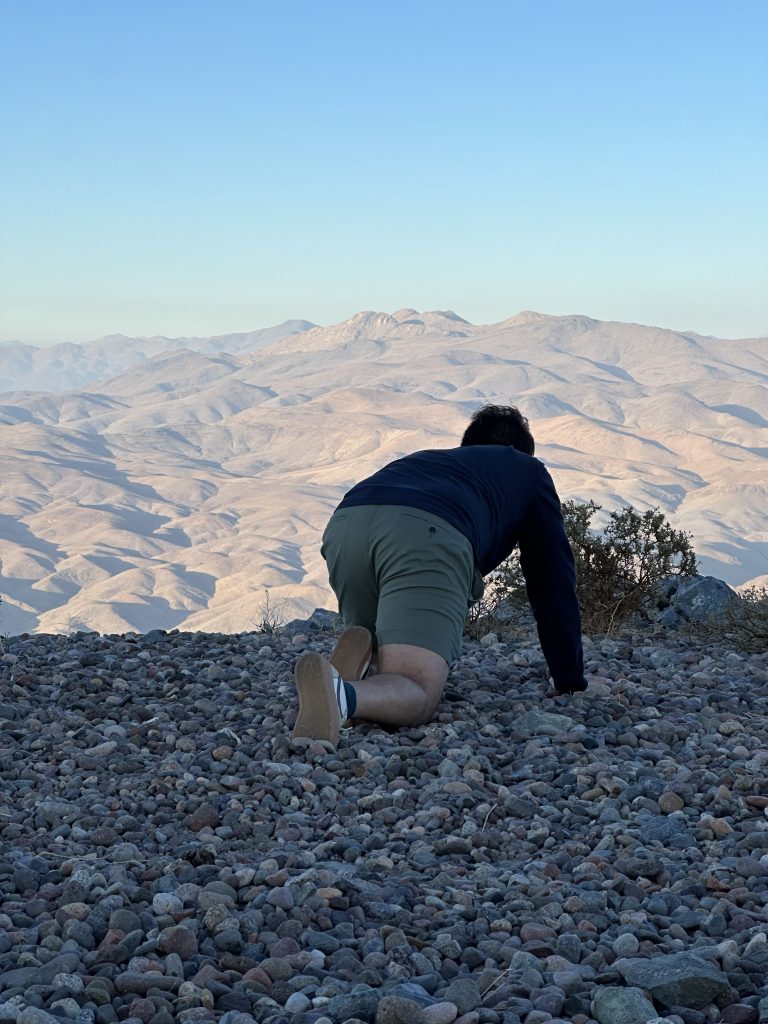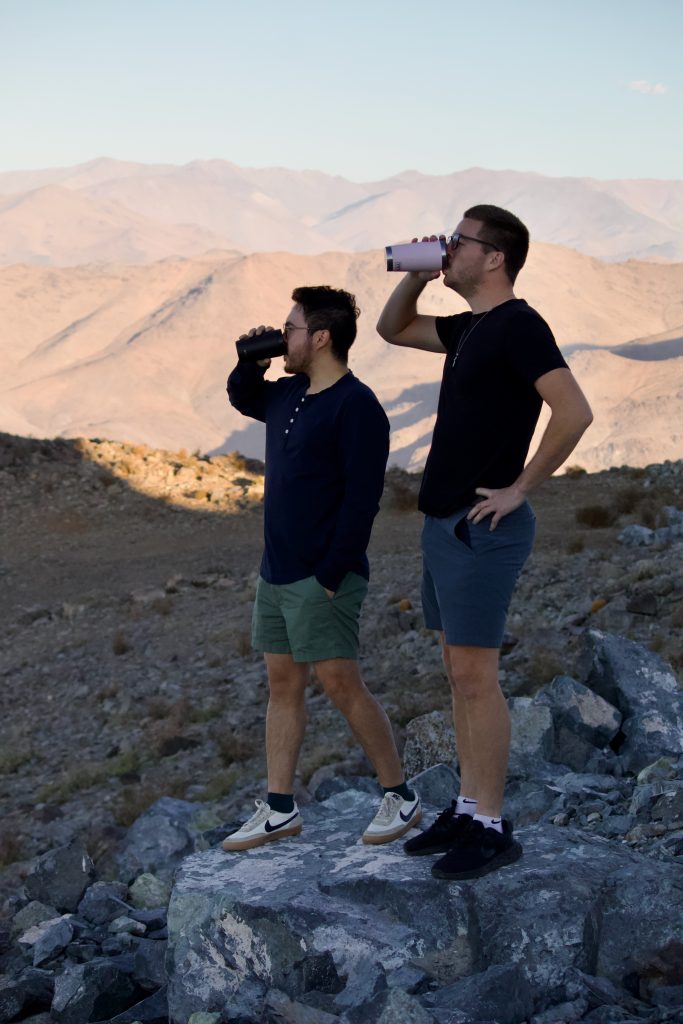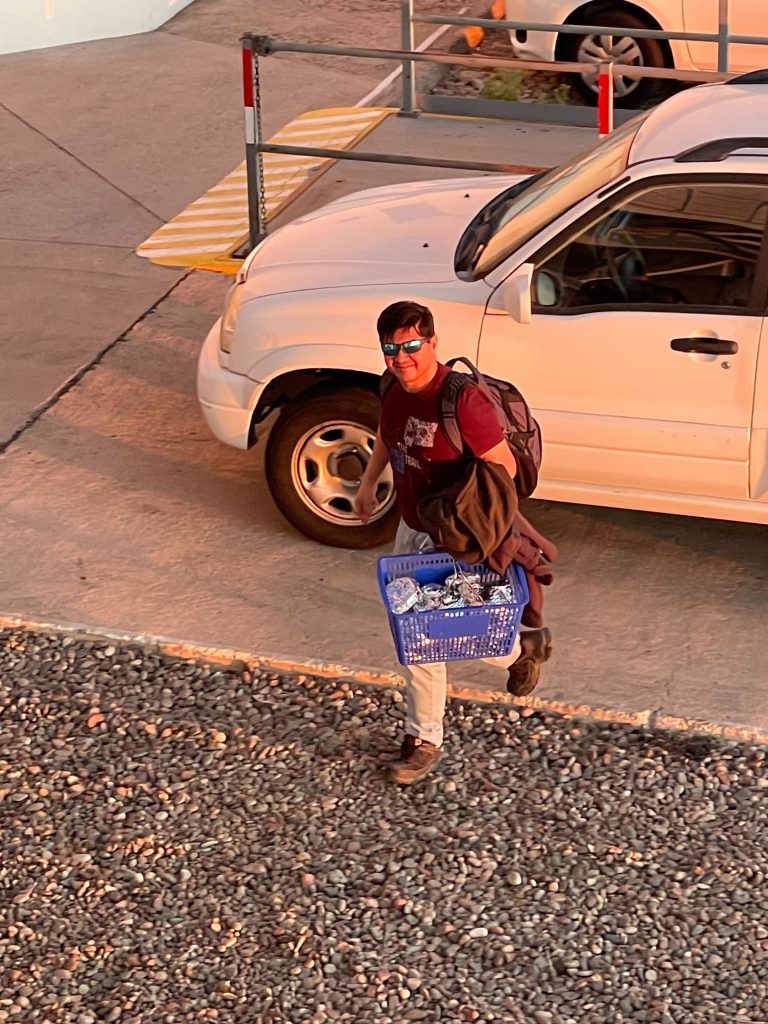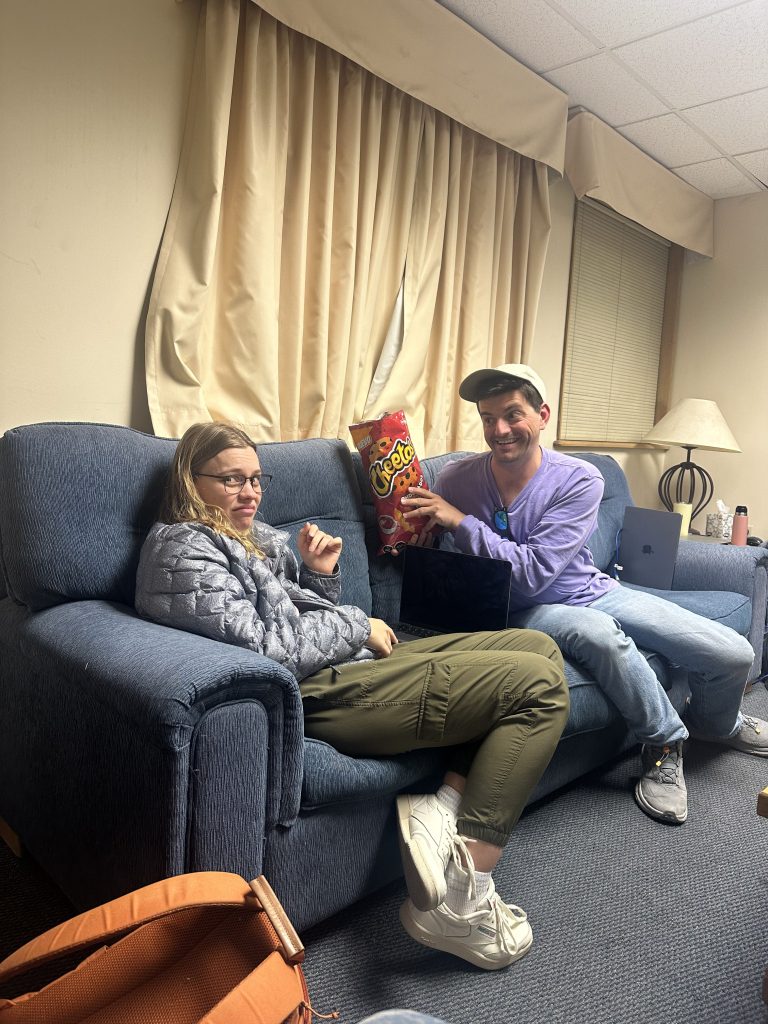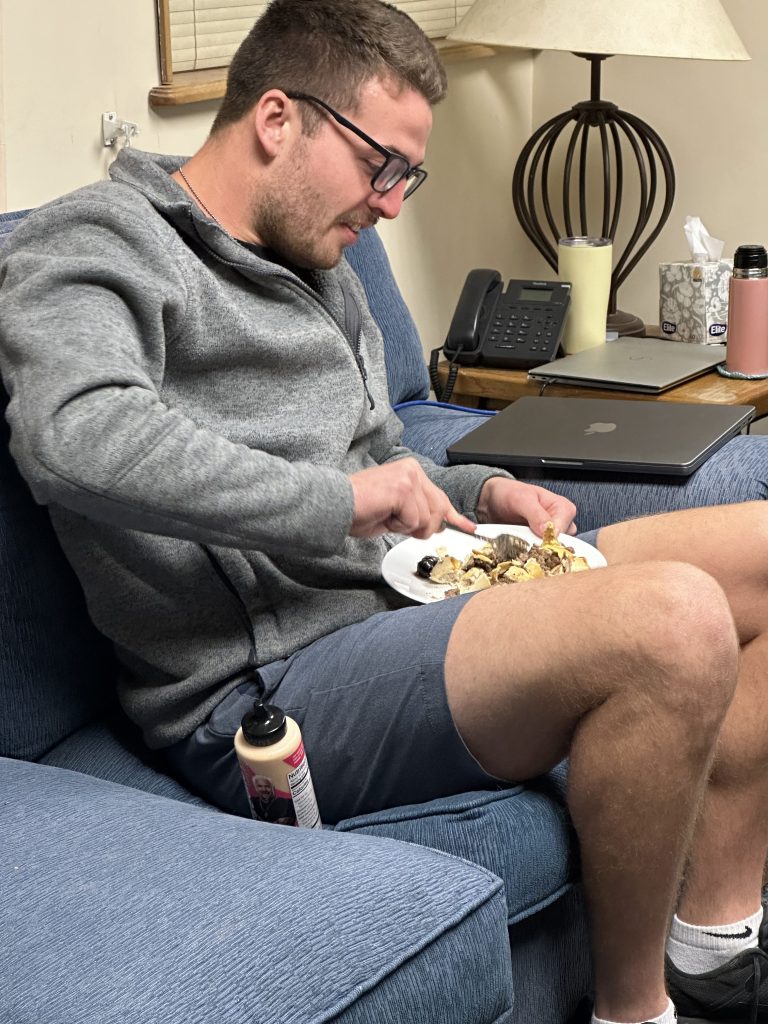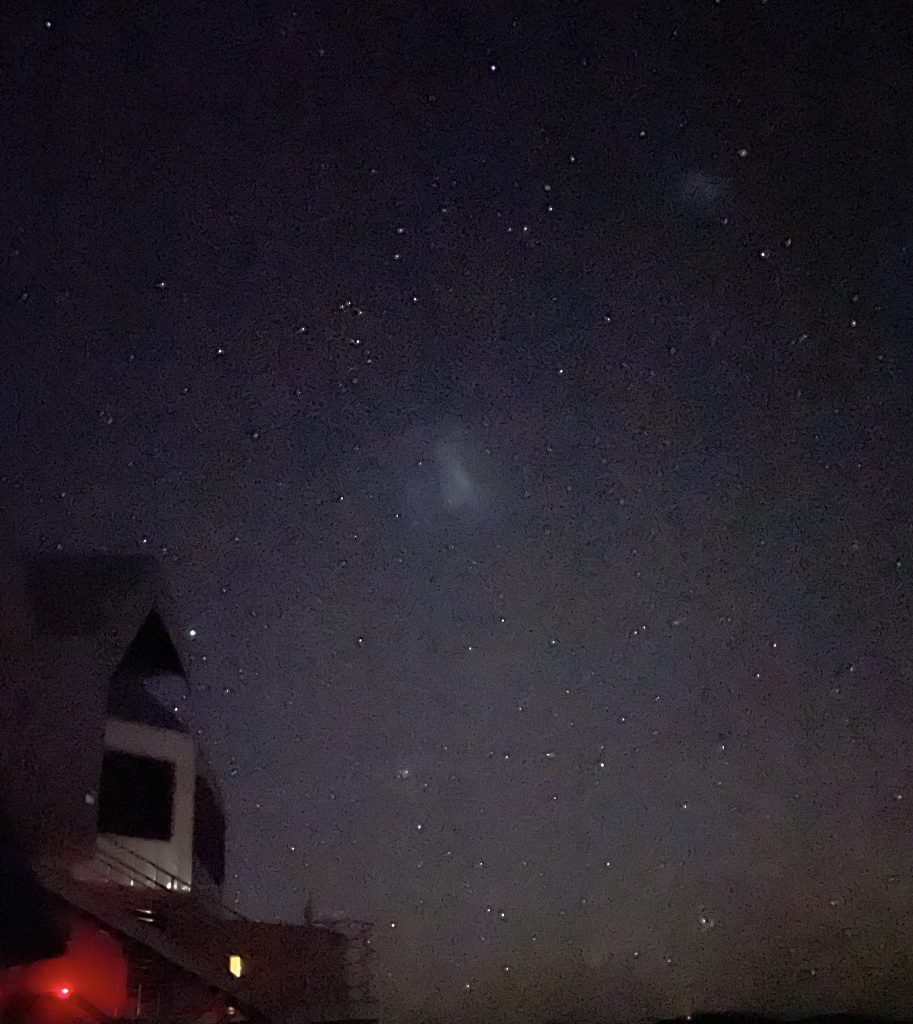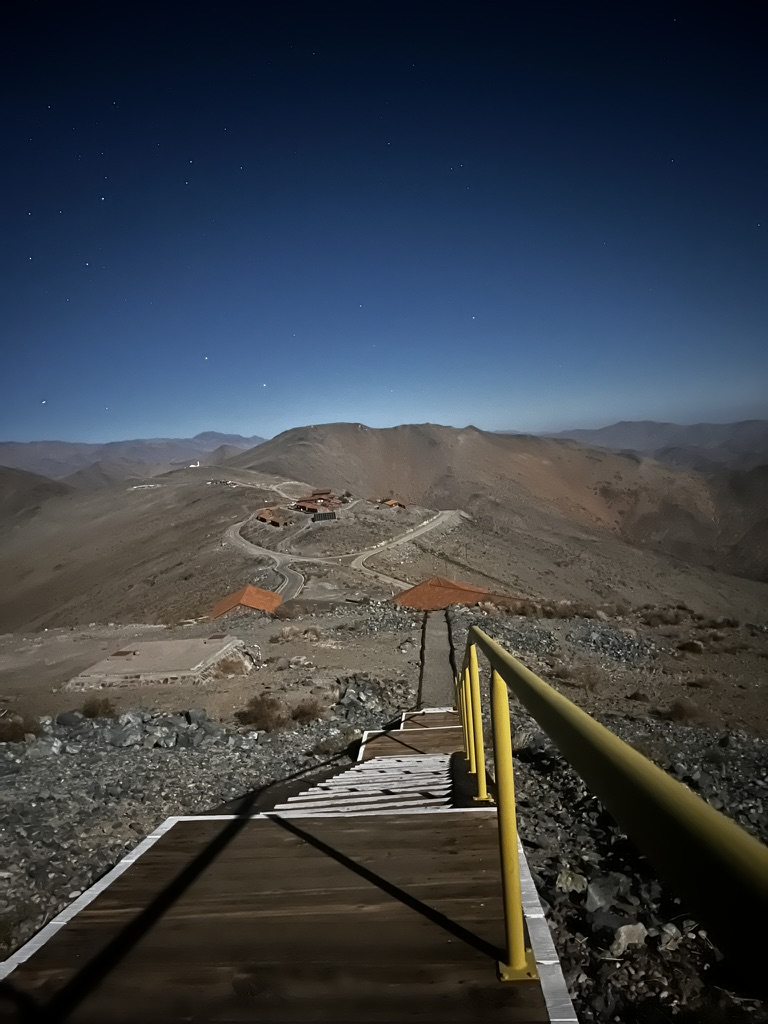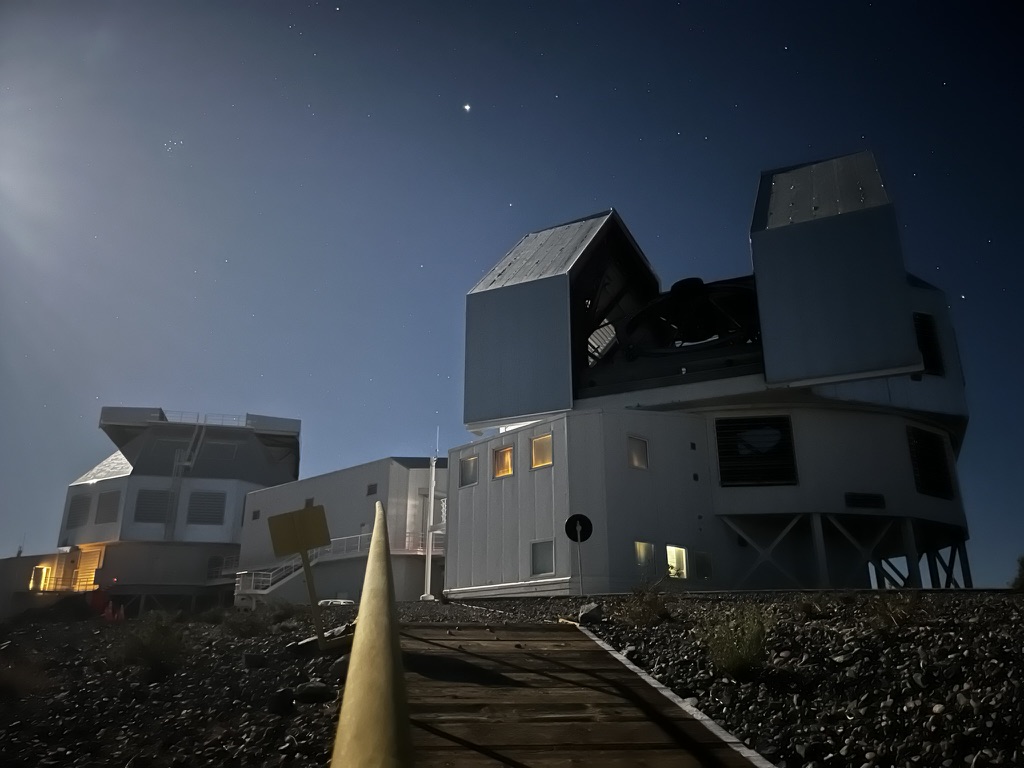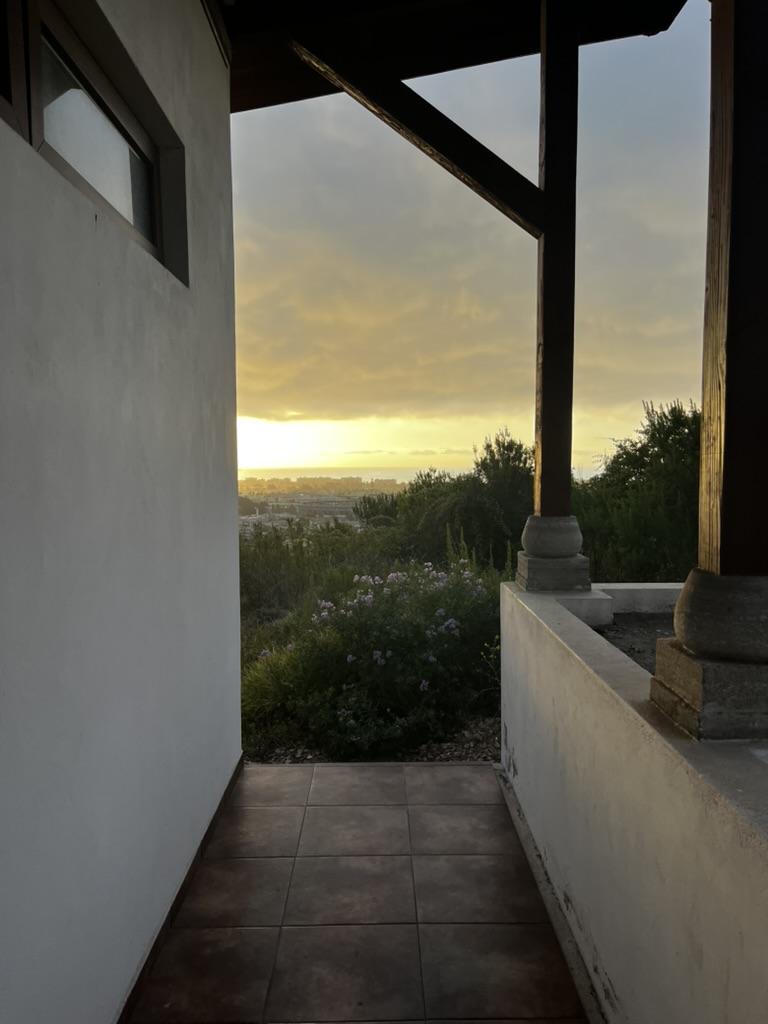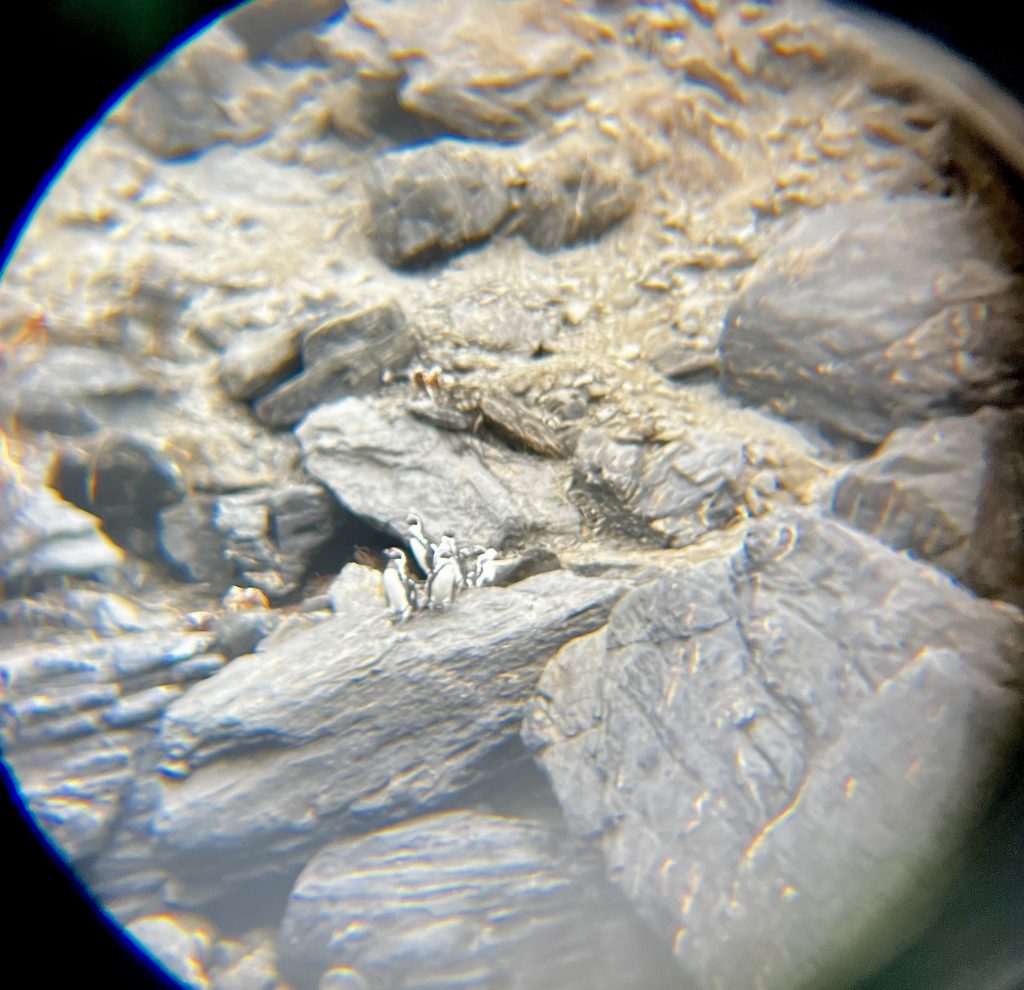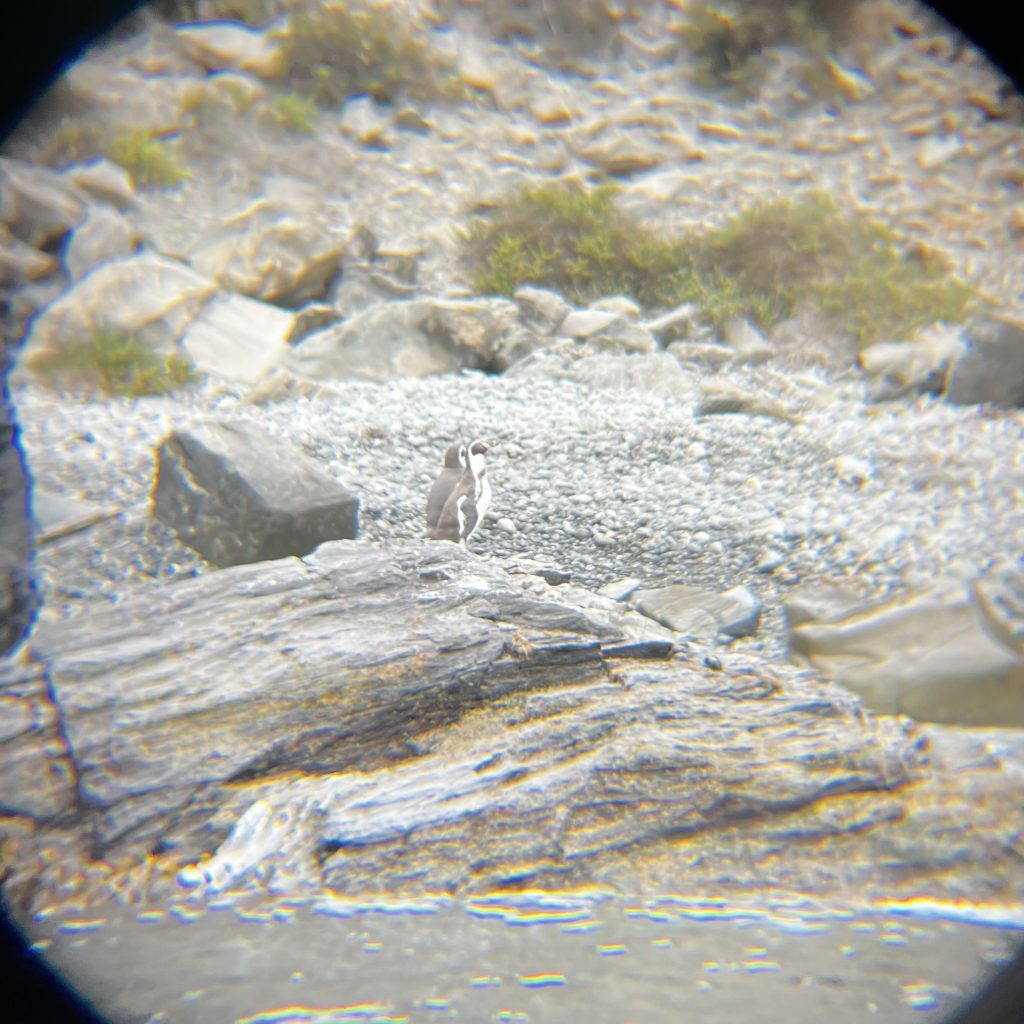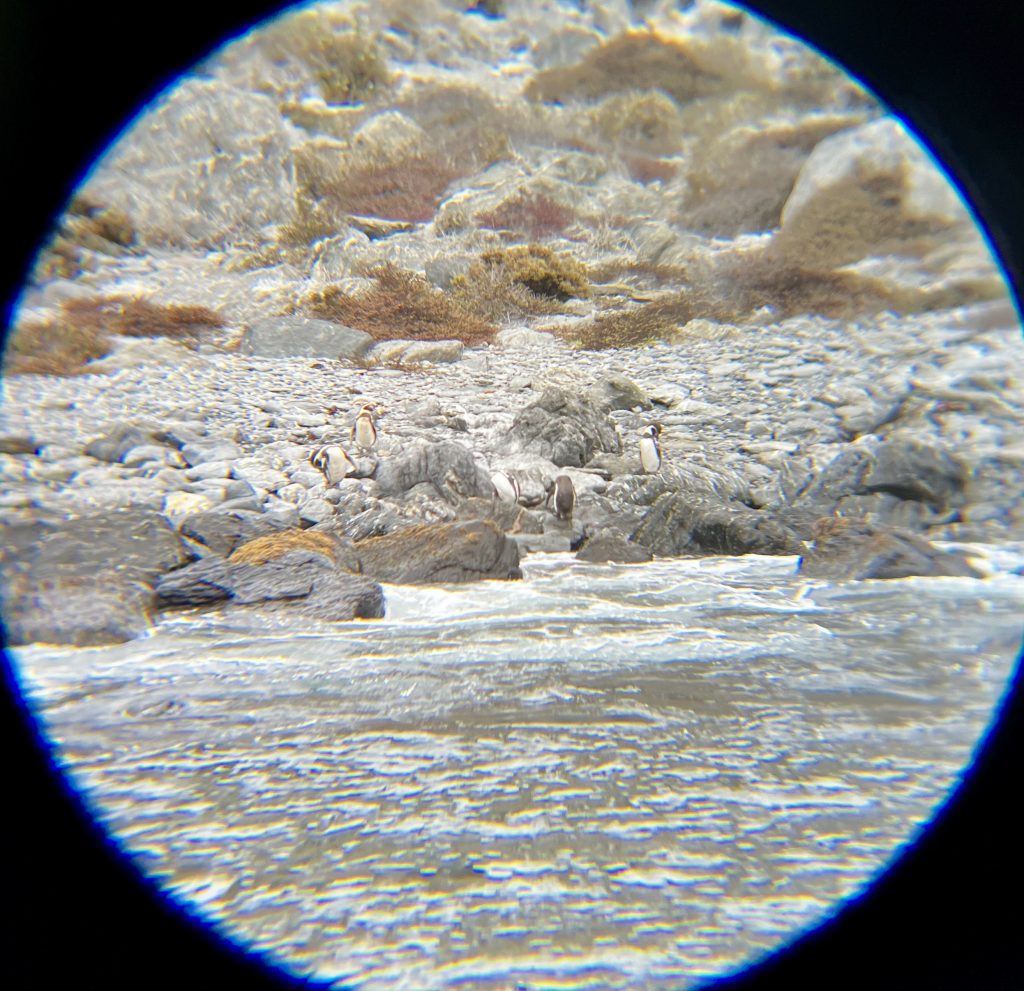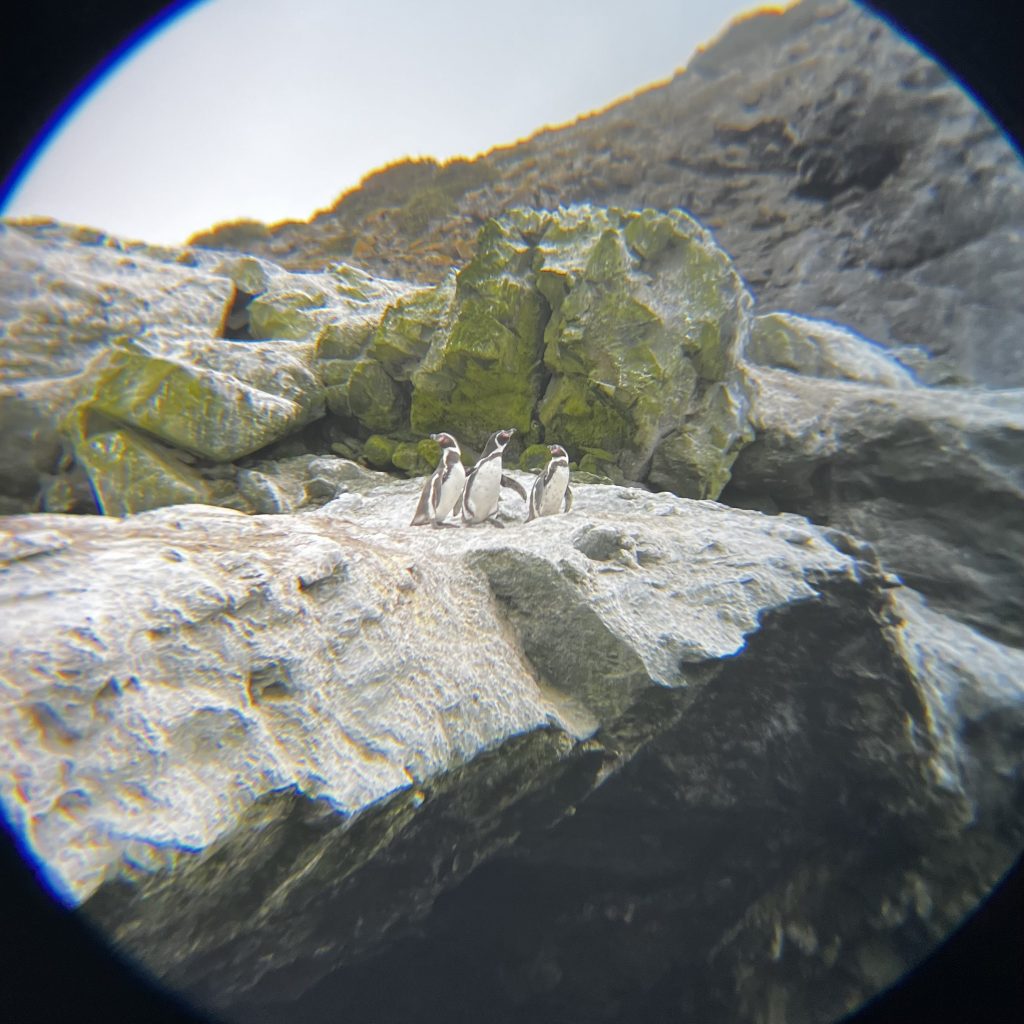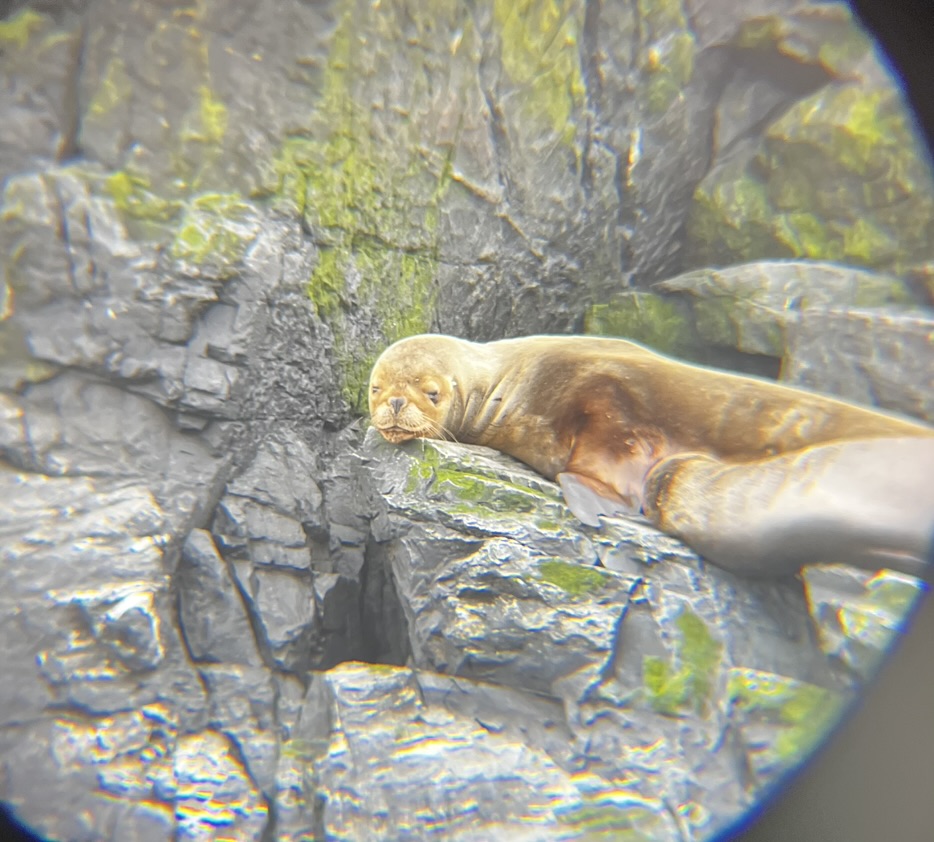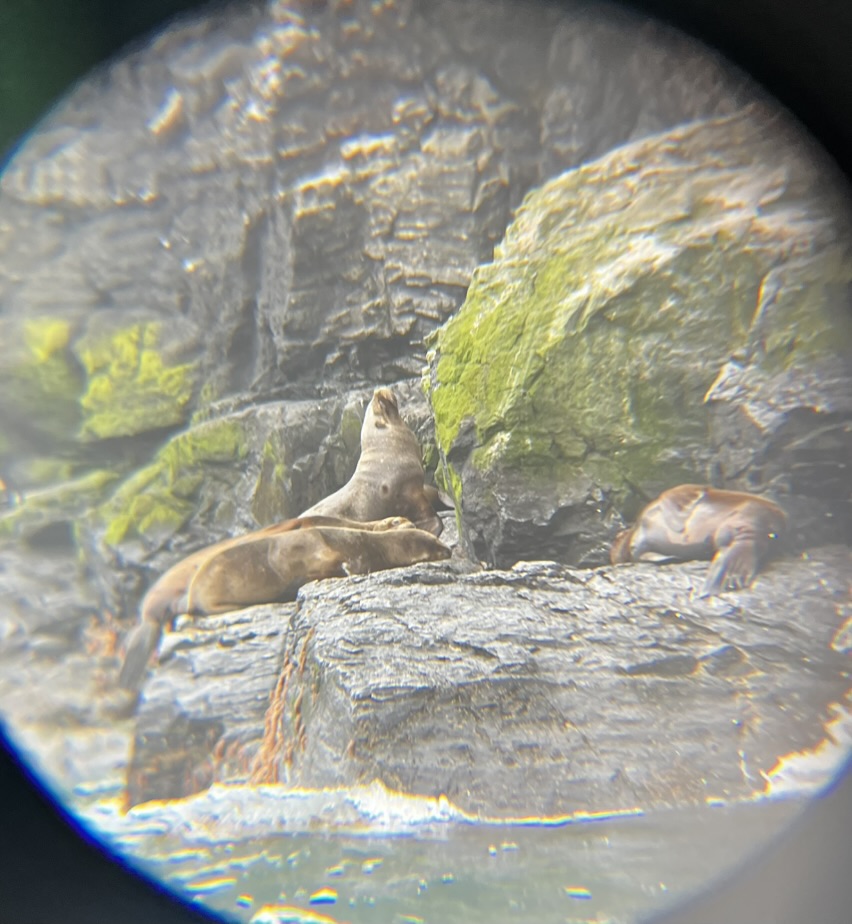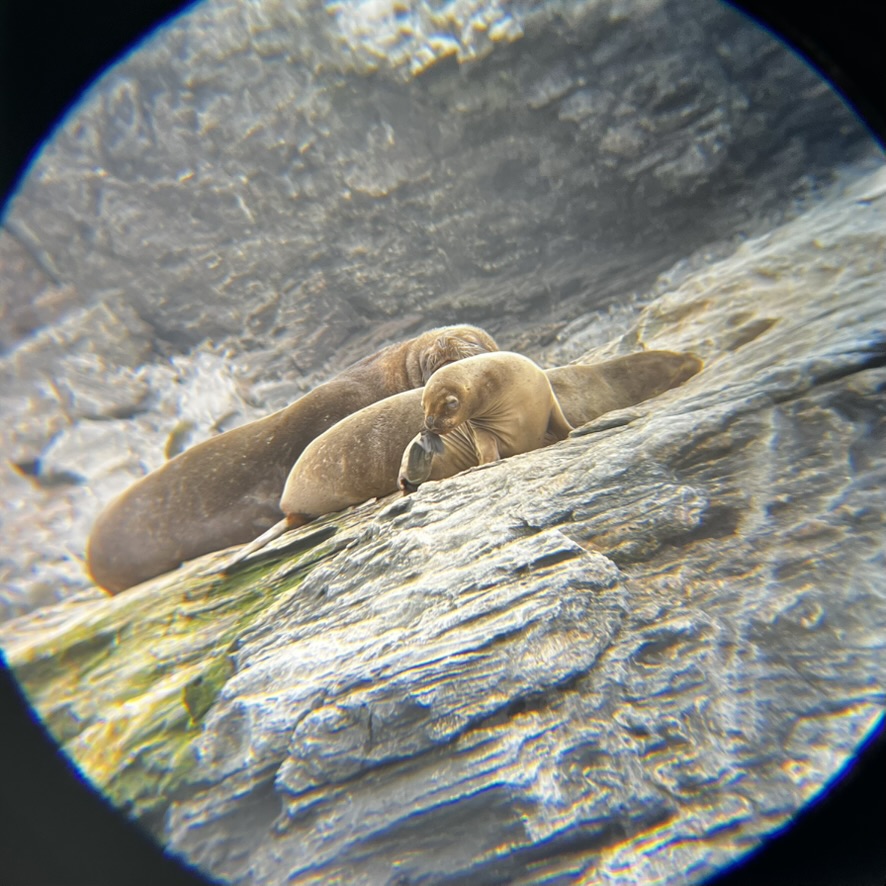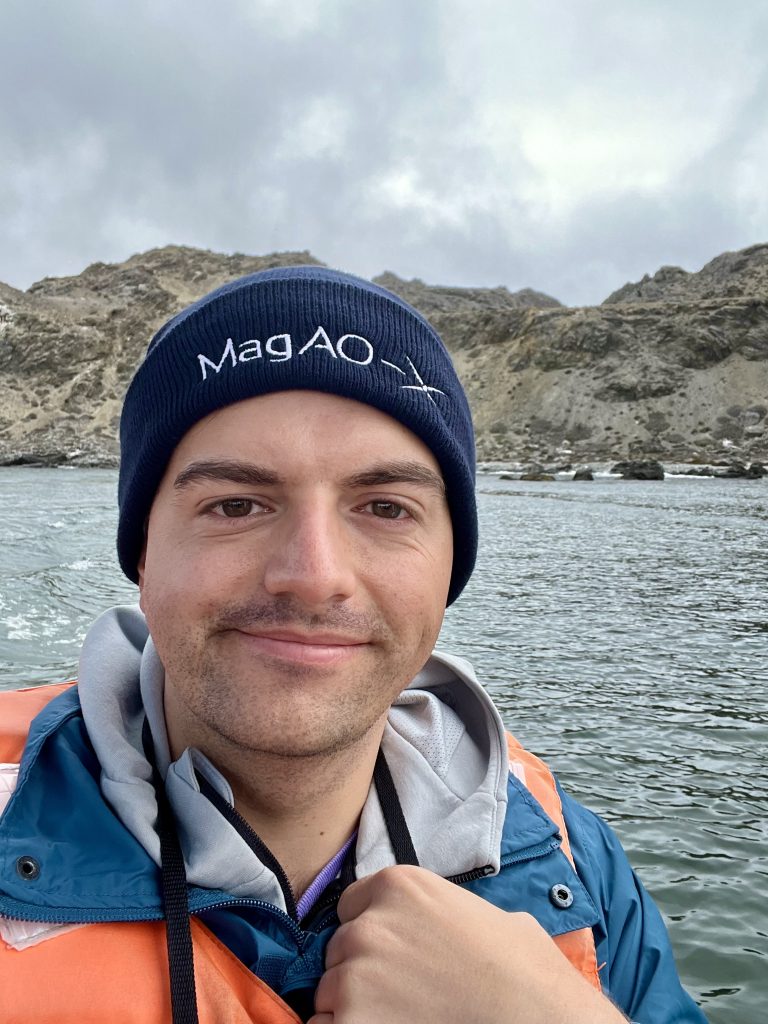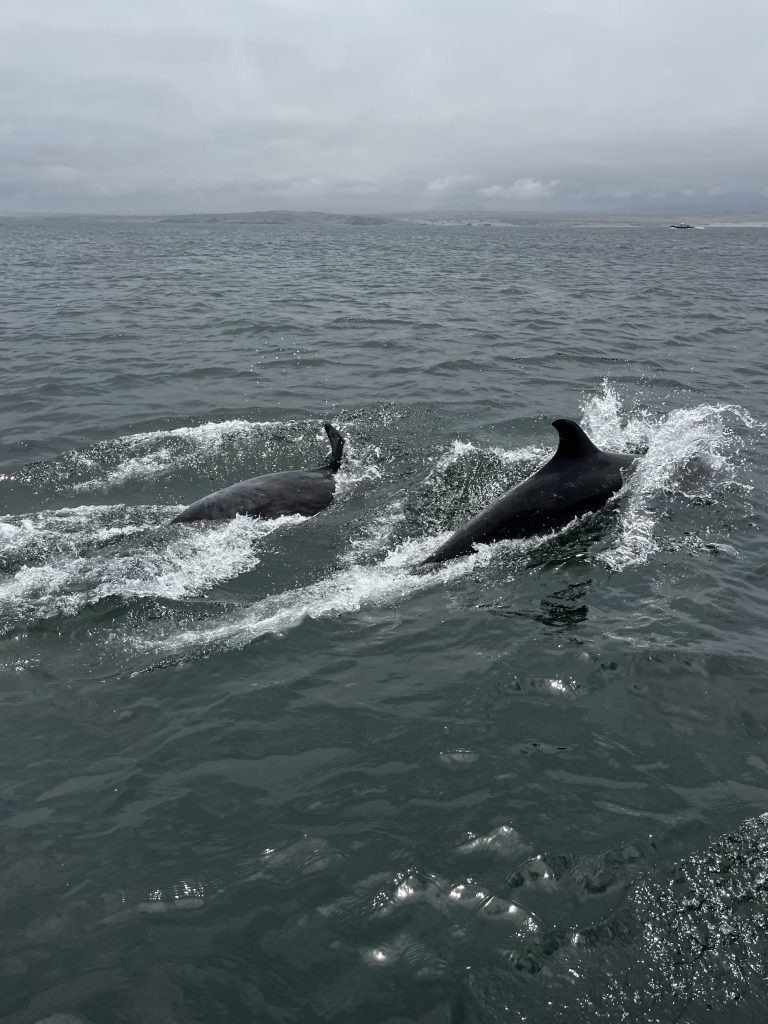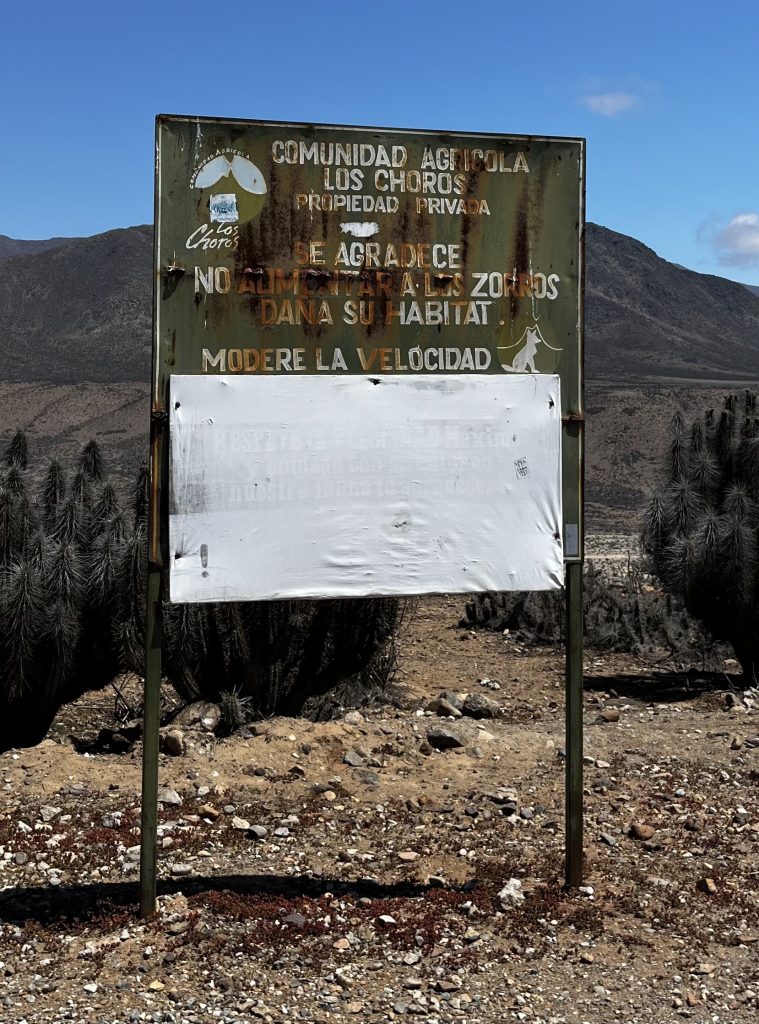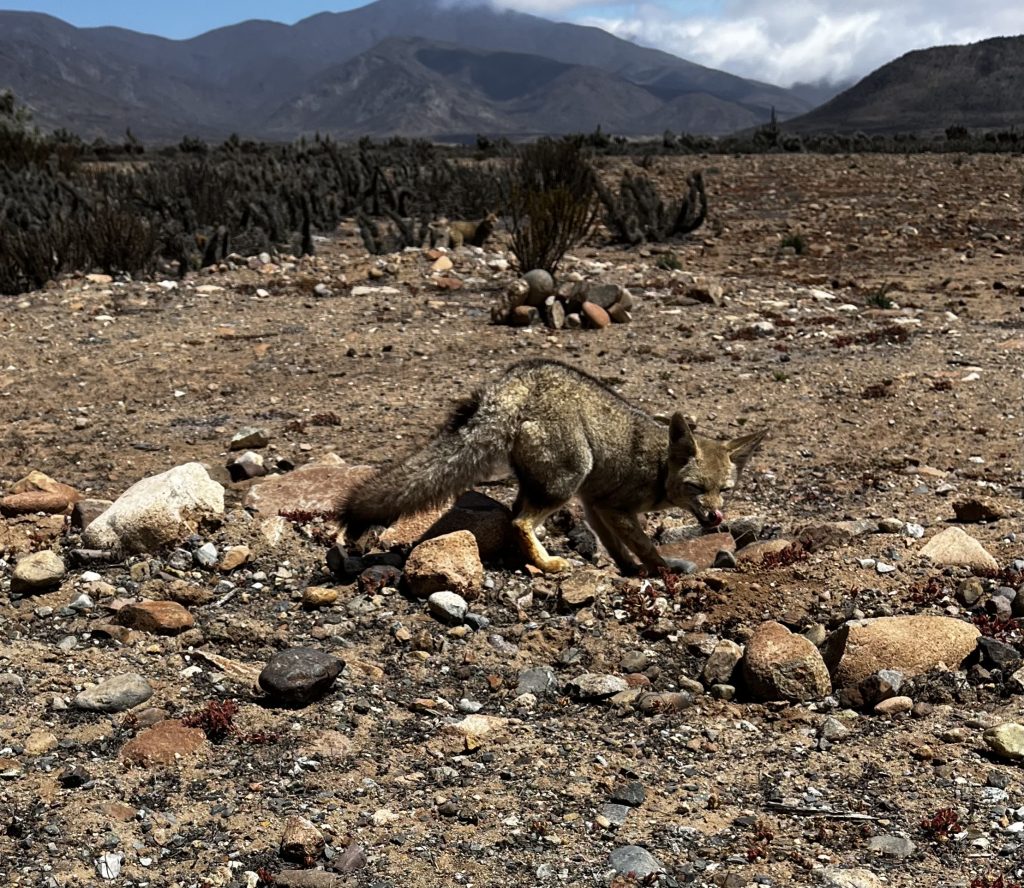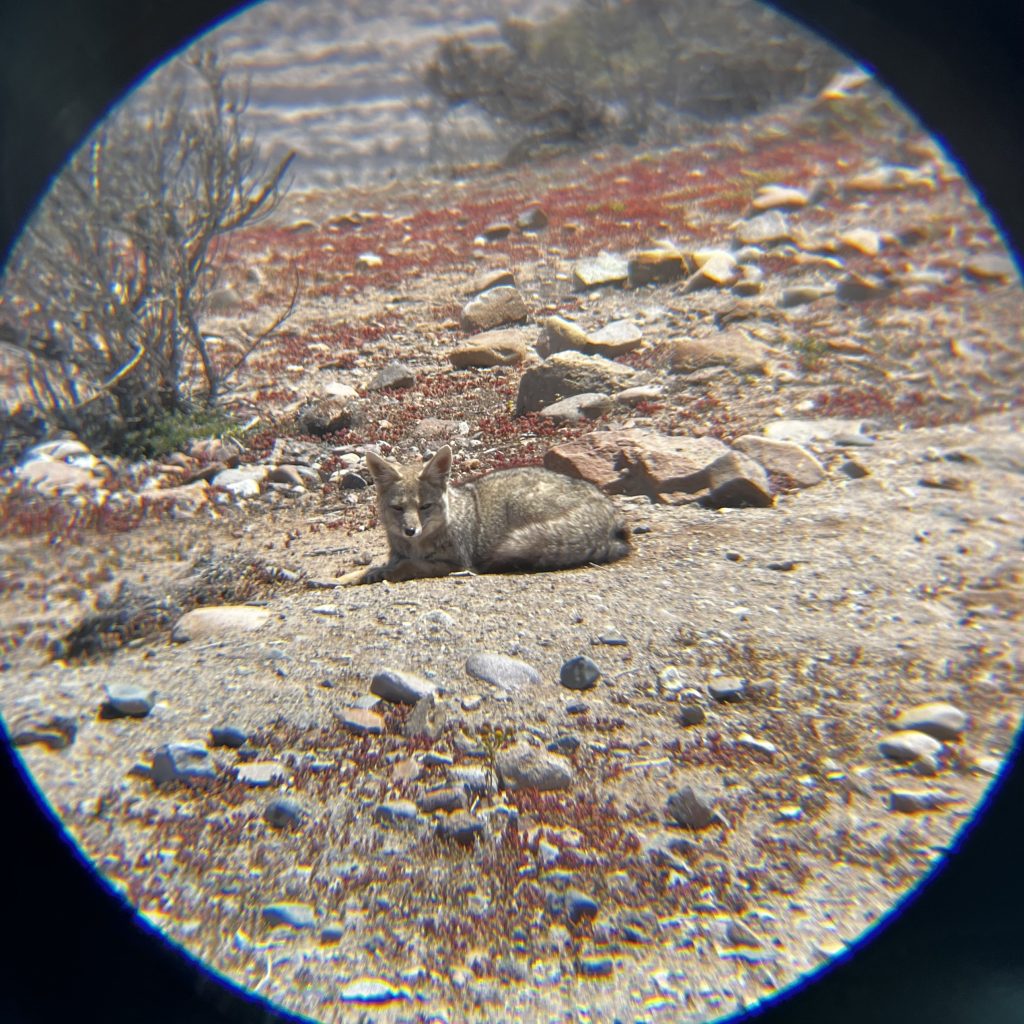It’s been almost two weeks since our first night started. We have been through many adventures and there are two more nights to come. Today was an eventful day and night. Today is our last night with an engineering block. Elena and I had to tumble out of bed to do some daytime engineering. Astronomical instrumentation is not a typical job from nine to five. The engineering is for a new coronagraph, the Self-Coherent Camera, that we are developing for MagAO-X and I am excited about its prospects.
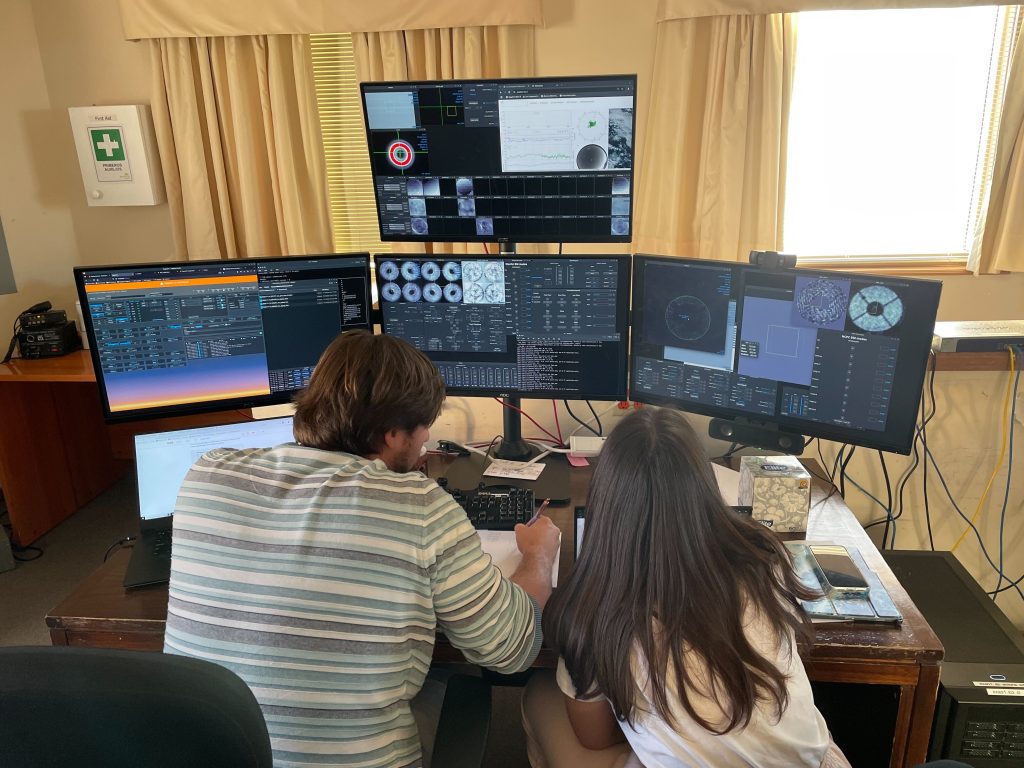
The Self-Coherent Camera creates an self-referencing interferometer out of starlight using a coronagraph mask. This allows us measure the amplitude and phase of the electric field of the star! If the electric field is known, we can destroy it by injecting the opposite electric field (in phase). This technique is called Electric Field Conjugation or also known as digging a (dark) hole.
After dinner with went on-sky and first did some ADC engineering for the one and only Katie Twitchell. The atmosphere is a real piece. Not only do we get all that turbulence, we also get a lot of differential refraction. This messes up our images by dispersing them. Luckily, after the engineering observations of today we know how to fix the last residual bits!
The second engineering task was applying the SCC on-sky and trying to diggy diggy dig a dark hole. This proved to be tricky because of the large amount of fast seeing. The digging did not pan out, but we were able to get other interesting on-sky observations. Such as this image of Alpha Eri.
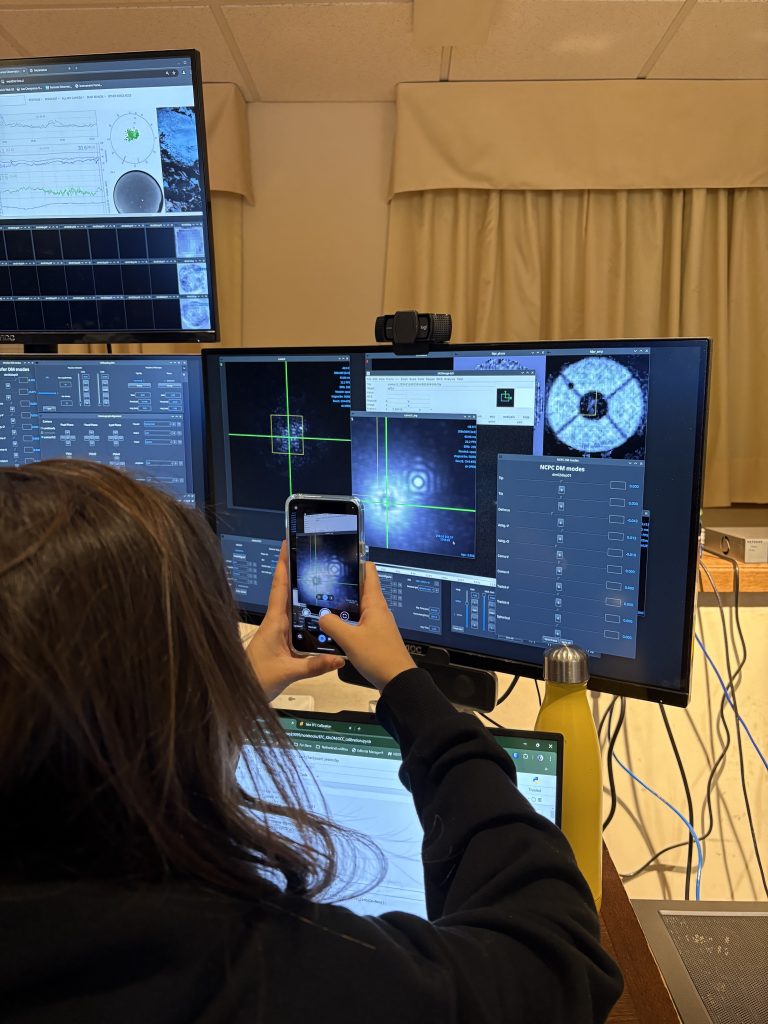
After the engineering it turned into a night for our Michigan collaborators. Sadly, the seeing picked up again and we gave up roughly 2/3rds into the night. This allowed us to try something never done before with MagAO-X. We tried to observe solar system objects! We imaged Neptune (very badly) and Europa. It was a fun experiment.
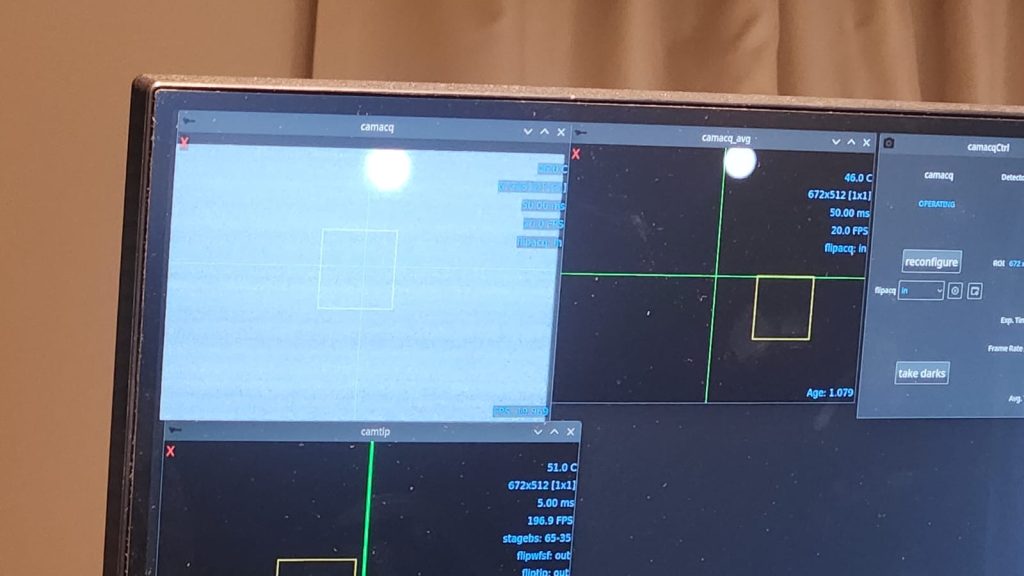
While the night continues I have to swing off. From today on, Elena and me will be switching to a day schedule to finish day time engineering and to prepare for instrument de installation on Friday (which is tomorrow!). So thank you for keeping up with our blog and we are almost done. Hurray!
Today we have a song that is a tribute to dark hole digging.
